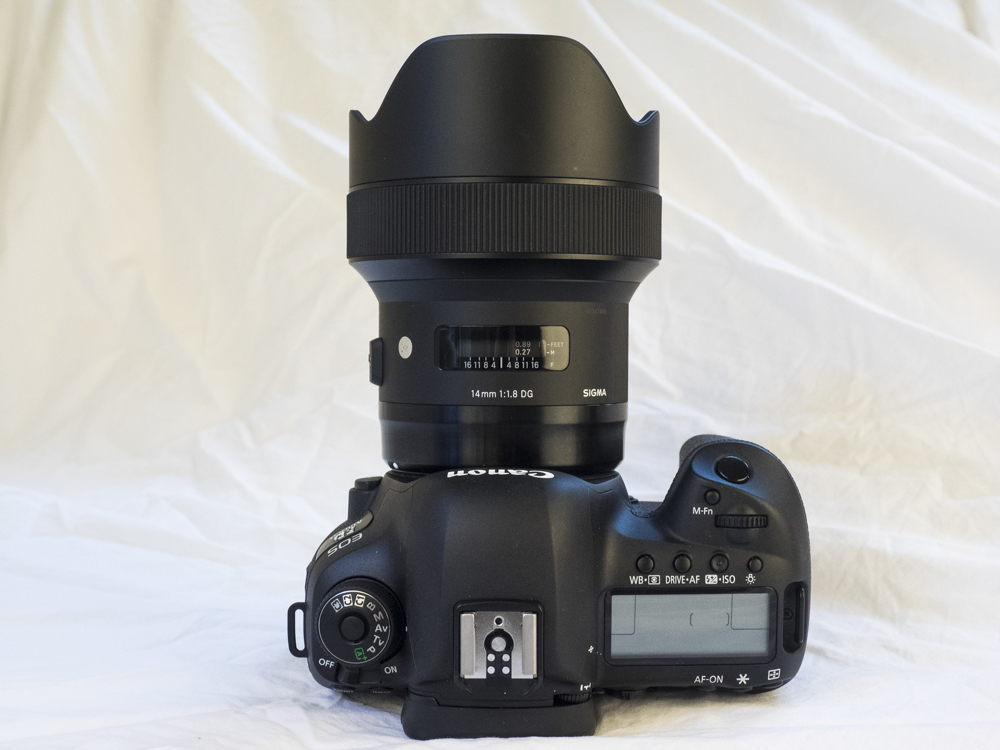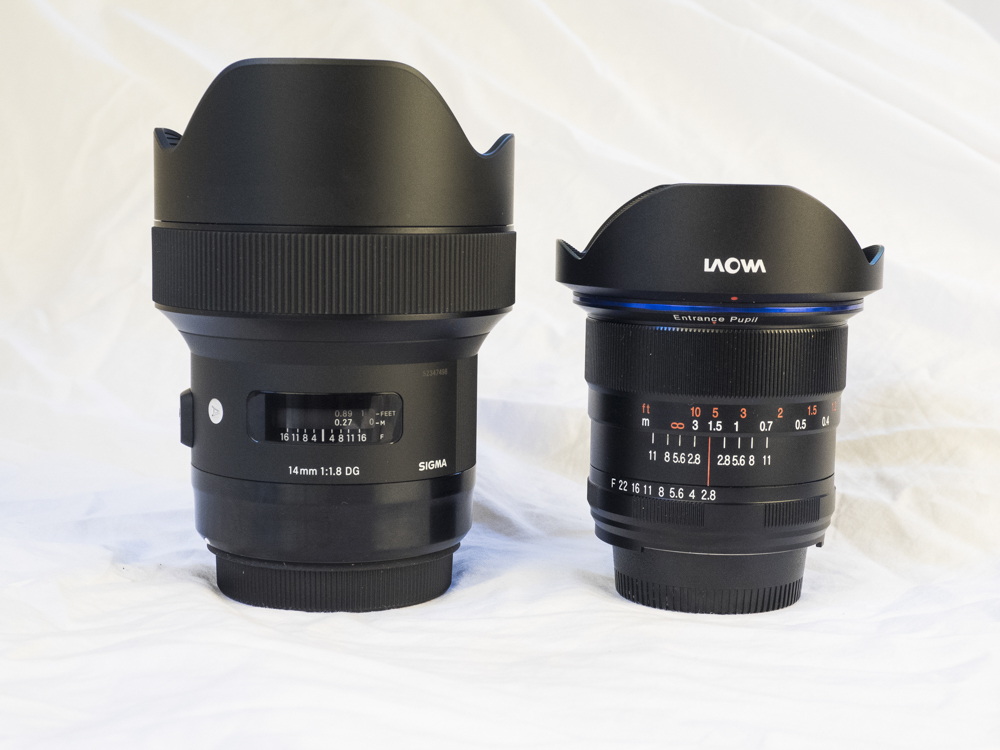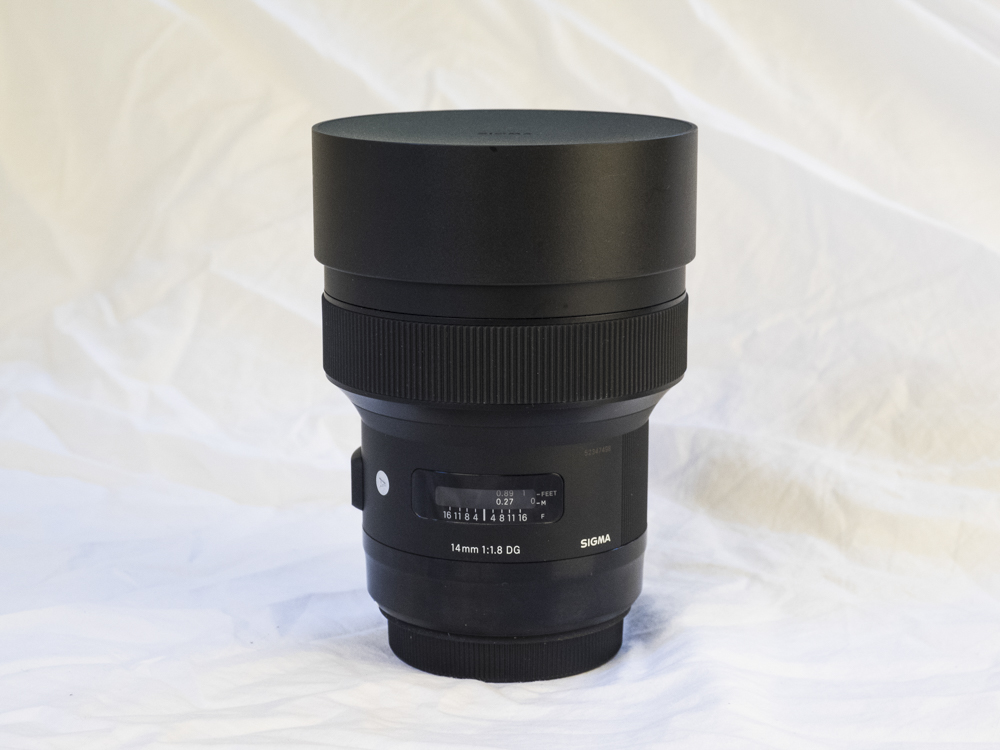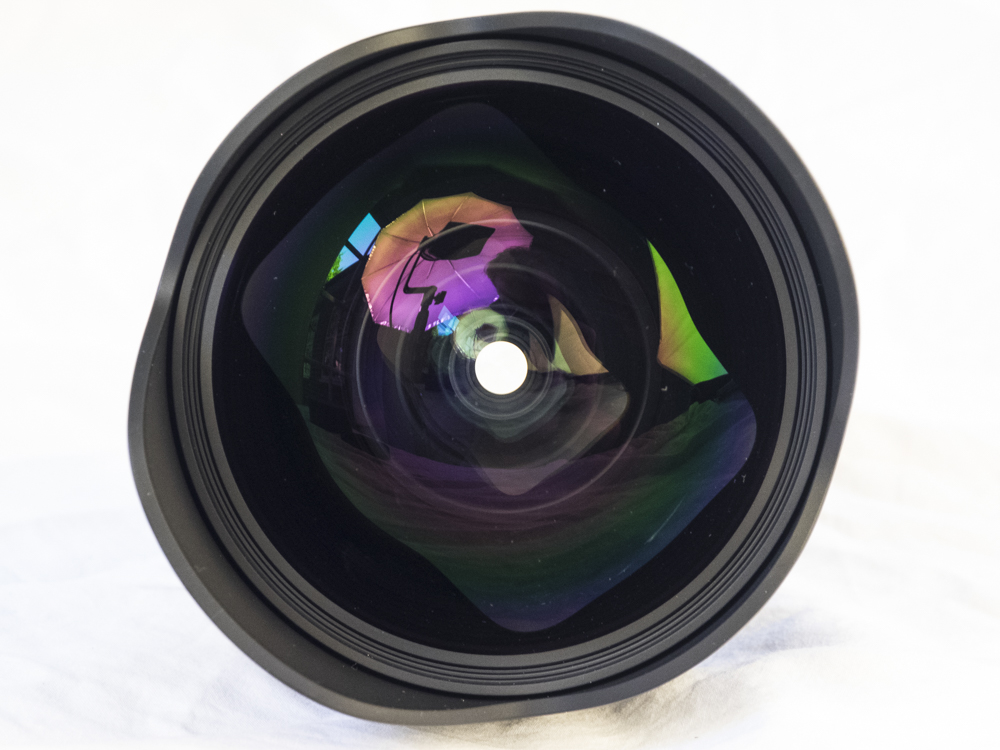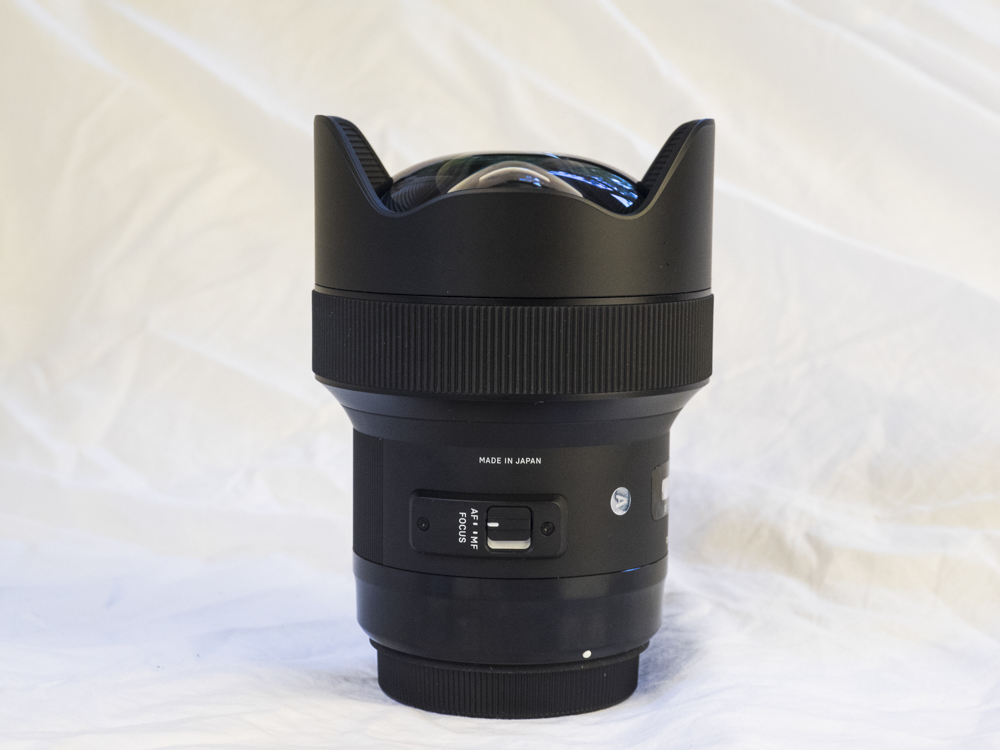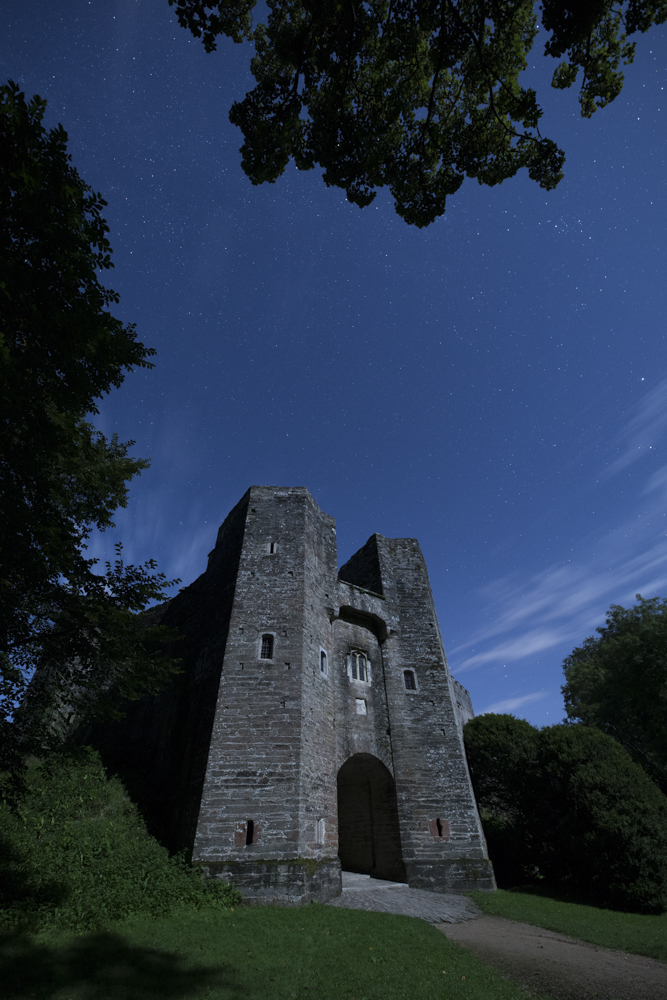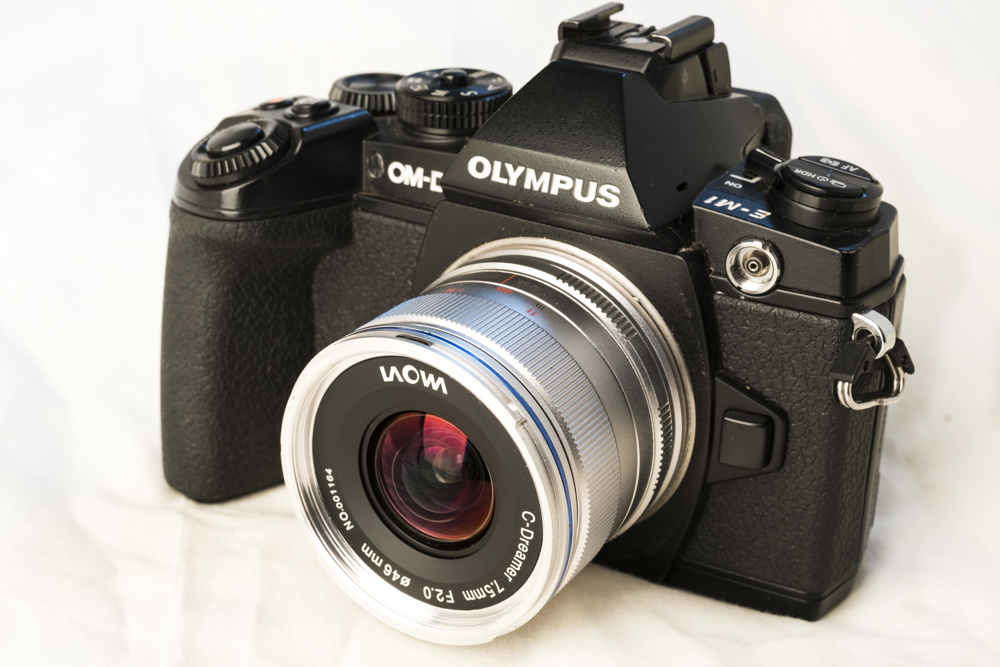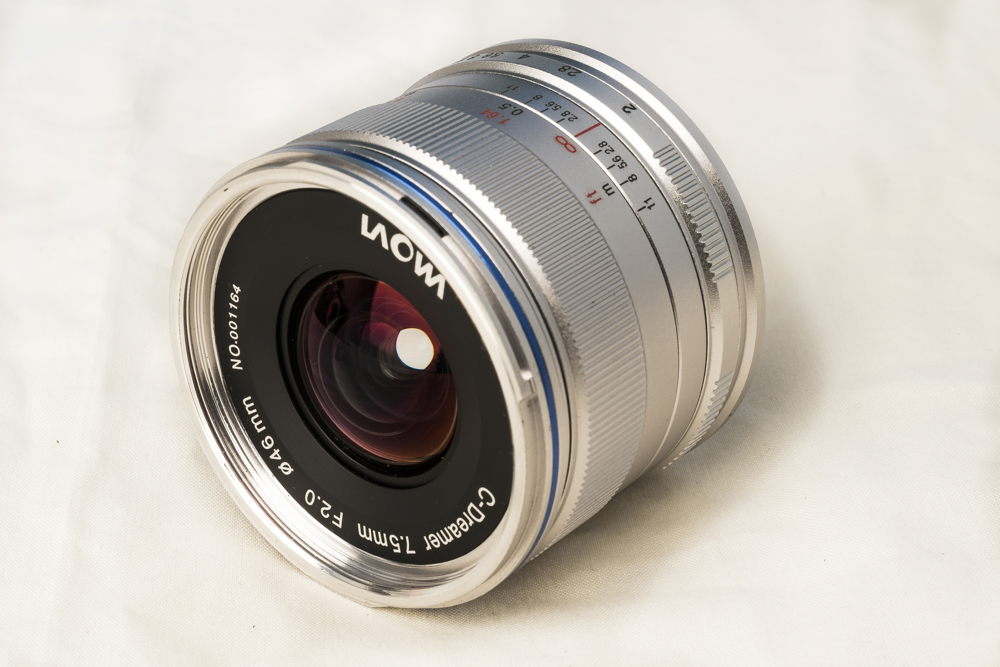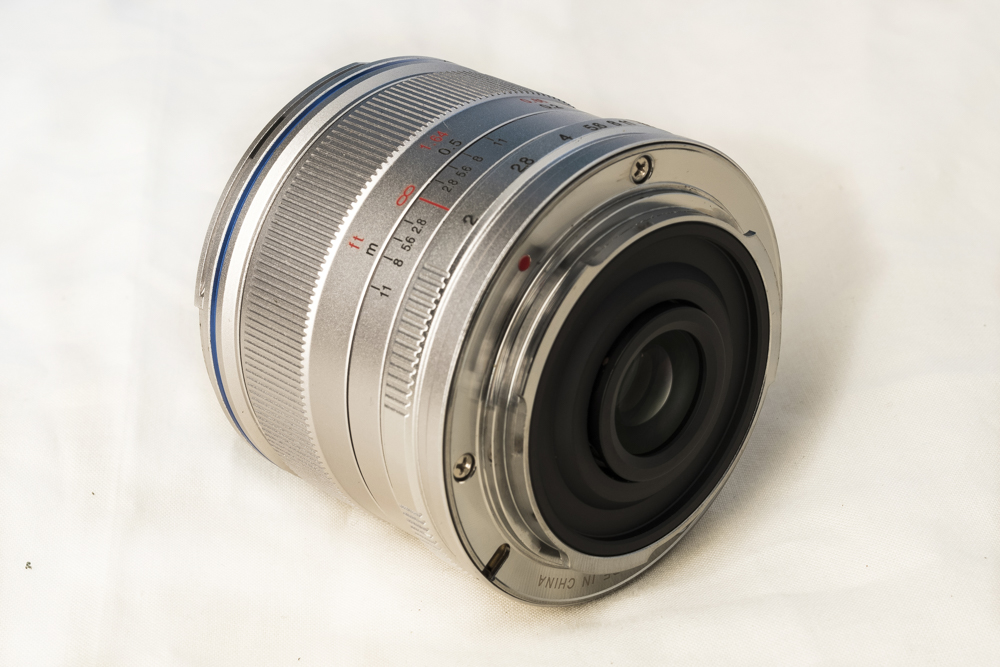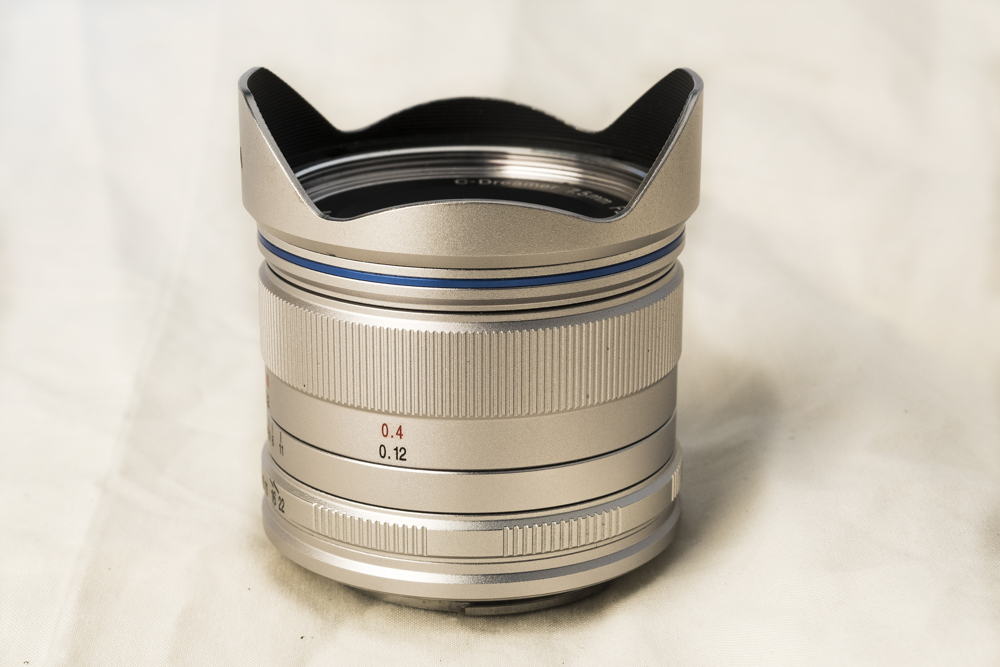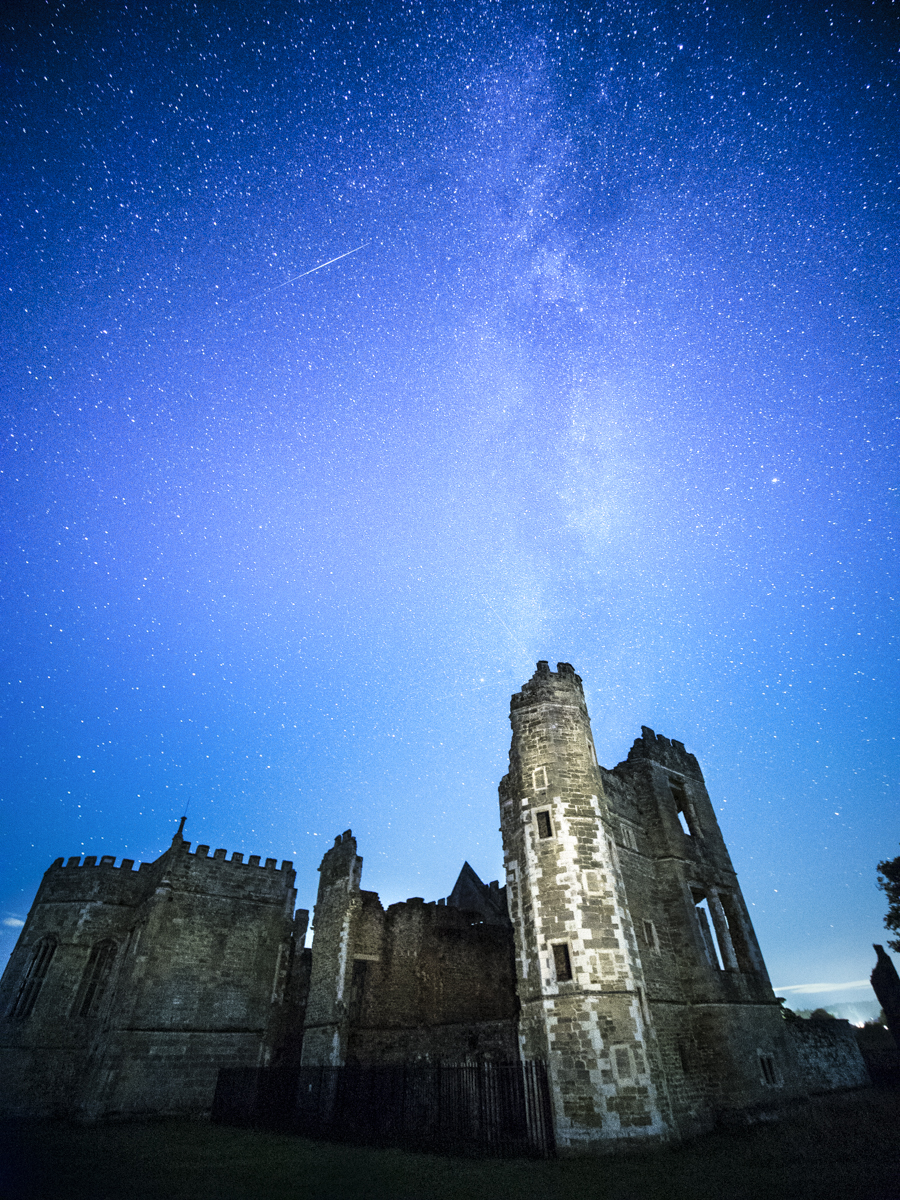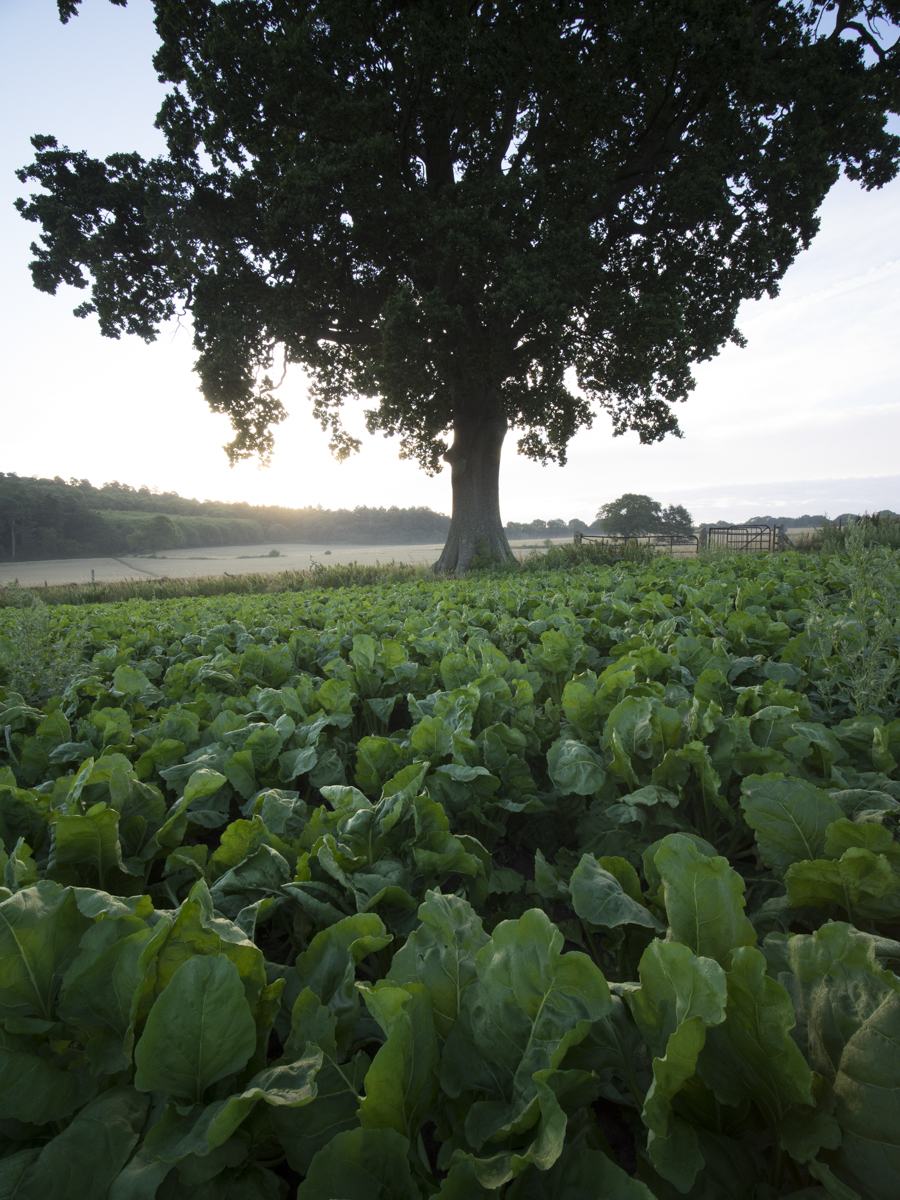When I heard about the Sigma 14mm f/1.8 Art lens, my first thought was that this could be THE lens for nighttime photography.
It's part of Sigma's ART series, which has quite rightly built up a solid reputation. I have the 35mm f/1.4 Art and it's my go-to-lens.
There is no getting away from that unmatched f/1.8 fast aperture of this new lens. Maximising light intake is paramount to high-quality, vibrant night images. No other lens at such a wide-angle accepts so much light as the Sigma 14mm Art.
Most other lenses this wide have a maximum f/2.8 or f/4 aperture - that's at least 1 1/3EV less light. (Exception being the Samyang 14mm f/2.4.)
In the hand, this is one mighty lens - it positively dwarfs a mid-size full-frame camera. It's virtually twice the size of the Laowa 12mm f/2.8 lens that I reviewed recently. More so, it is heavy - there is some serious glass inside.
As for the quality of the pictures I could make, well the fast aperture makes all the difference. Under a full moon, I could shoot at ISO 200 and still get the stars nice and sharp - that's not been possible before. (At 14mm it is possible to use a shutter speed up to 30 seconds.)
The 1 1/3EV extra light intake not only makes for more vibrant images but ensures you get to the sharpest apertures sooner.
Use the widest aperture of any lens and it's not at its best. Lens distortions and fall-off in edge detail are present. Yet, stop down the Sigma 14mm to f/4 and these distortions have totally gone away (while other f/2.8 lenses still show distortions at this setting).
That's why us photographers get excited about fast aperture lenses like this one. More light = better performance at like-for-like apertures than other lenses.
It ain't cheap. It ain't small. But the Sigma f/1.8 Art lens is good, oh so good.
Check out the full review at Photography Blog.
